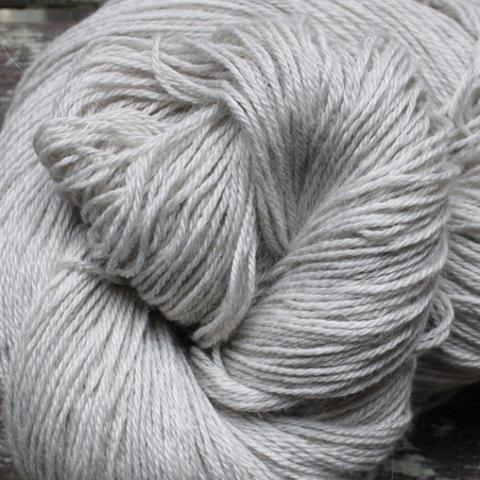The Truth Behind Is Cashmere a Natural Fiber and Its Green Appeal
Wiki Article
Understanding the Different Types of Cashmere an All-natural Fiber and Their One-of-a-kind Advantages

The Beginnings of Cashmere: A Historic Overview
While the glamorous touch of cashmere proceeds to beauty contemporary consumers, its origins map back to the rough, cold environments of Mongolia and the Mountain ranges. For centuries, the native individuals of these areas have been raising Capra Hircus goats, the prime resource of cashmere wool. These goats, resilient against the serious winter seasons, grew a great undercoat to make it through, which later on came to be recognized as cashmere.

The Manufacturing Refine: From Goat to Garment
Shearing a Capra Hircus goat marks the beginning of the detailed cashmere manufacturing process. The resultant raw cashmere is then cleaned to get rid of contaminations such as veggie, dust, and oil matter.The clean fiber goes through coloring, spinning, and weaving, or knitting, to transform it into a textile. Complicated procedures like quality control checks and ending up procedures follow, making certain completion item keeps the lavish requirement expected of cashmere. This painstaking process, from goat to garment, warrants the high price affixed to cashmere items, making them a sign of luxury and refinement.
The Different Kinds Of Cashmere: An Extensive Analysis

The Distinct Advantages of Cashmere: Convenience and Sustainability
Relocating from the range of cashmere types to the benefits they offer, comfort and sustainability stand out plainly. Cashmere, a natural fiber, is renowned for its unequaled gentleness, providing a degree of convenience that synthetic fibers can not match.When it involves sustainability, cashmere is eco-friendly and renewable, as it's harvested from cashmere goats that regrow their layers every year. what is cashmere. Unlike synthetic fibers which can take hundreds of years to decay, cashmere's effect on the environment is minimal. This combination of comfort and sustainability makes cashmere a valuable option for conscious customers

Caring for Your Cashmere: Maintenance and Preservation Tips
While cashmere is unquestionably a lavish and sustainable choice, it calls for certain treatment to keep its top quality and prolong its life-span. To start, cashmere should be hand washed making use of chilly water and a light detergent. Avoid turning or wringing the garment as it can damage the fibers. Instead, gently eject excess water and lay it level on a towel to what is cashmere dry. Cashmere things must be kept in a trendy and completely dry area, away from straight sunshine and dampness. Utilizing moth repellents can protect these garments from potential damage. Finally, it's advisable to avoid hanging cashmere to avoid extending. Instead, layer and shop them appropriately to maintain their shape and top quality over time.
Spending in Cashmere: Understanding Its Worth and Well Worth
Although cashmere might at first seem like a pricey investment, its lasting worth and worth ended up being evident when you consider its amazing qualities. Understood for its unequaled softness and warmth, cashmere is a premium natural fiber that outmatches other products. Investing in cashmere, consequently, is not just about present fashion trends, yet regarding welcoming a lasting, long-lasting, and glamorous lifestyle.Conclusion
In summary, the type of cashmere one chooses, be it Mongolian, Chinese, or Italian, is dictated by individual choices for warmth, deluxe, sustainability, and budget. Comprehending the origins, production procedure, and unique advantages of different types of cashmere can direct customers in their investment in this glamorous natural fiber.Whether it's the extraordinary heat of Mongolian cashmere, the affordability of Chinese cashmere, or the eco-conscious production of Italian cashmere, there's a story to be uncovered behind each fiber type. Cashmere, a natural fiber, is renowned for its unequaled soft qualities, providing a level of convenience that artificial fibers can't match.When it comes to sustainability, cashmere is biodegradable and sustainable, as it's gathered from cashmere goats that regrow their coats annually. Known for its unequaled gentleness and warmth, cashmere is a premium all-natural fiber that outmatches other materials. Recognizing the beginnings, production procedure, and distinct advantages of different types of cashmere can lead consumers in their financial investment in this elegant all-natural fiber.
Report this wiki page